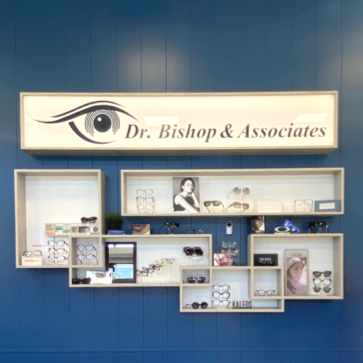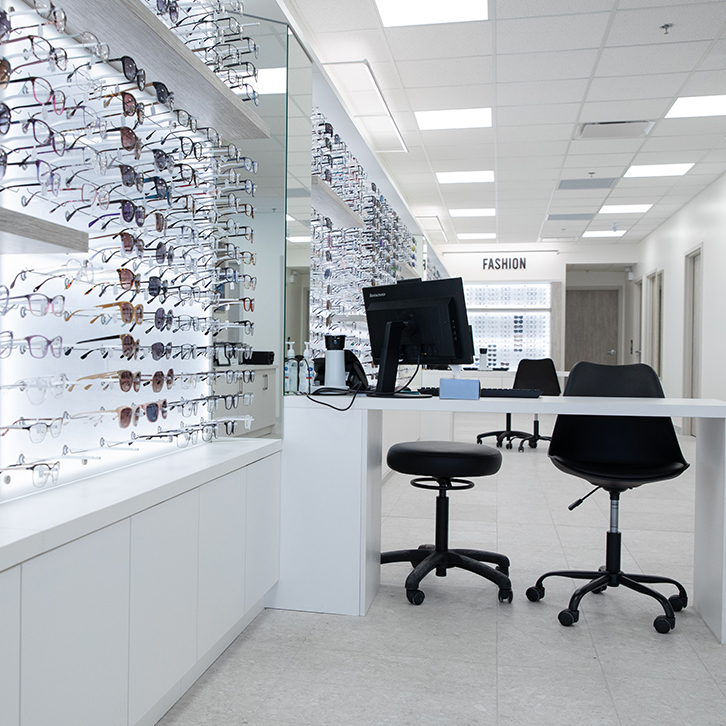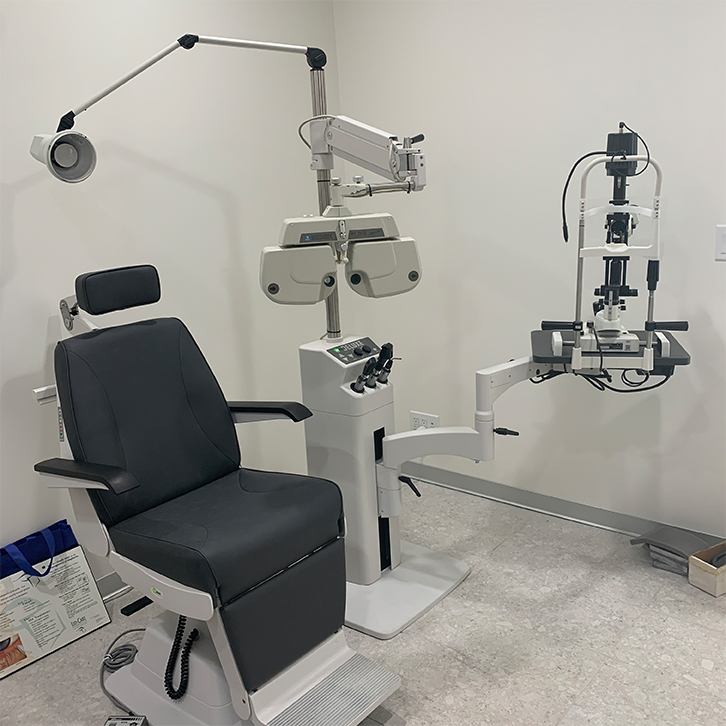Blurry vision can be unsettling, especially when it interrupts your daily routine. While many of us may think of blurry vision as an issue to be fixed by glasses or contact lenses, it can sometimes signal other underlying issues.
Blurry vision can be caused by a variety of factors, including refractive errors, eye strain, infections, or more serious conditions such as cataracts and glaucoma. If getting a new prescription doesn’t make your vision clear, then your blurry vision may be more than just an inconvenience.
Common Causes of Blurry Vision
Refractive Errors
One of the most common reasons for blurry vision is refractive errors. These occur when the shape of your eye prevents light from focusing directly on the retina.
In a healthy eye, light enters through the cornea, the clear, dome-shaped part at the front of the eye. Together with the eye’s lens, your cornea focuses light onto the retina at the back of the eye. The retina then does its magic, transforming light into electrical signals that travel through the optic nerve to the brain, thereby creating the images we see.
In cases of refractive error, however, this process doesn’t go as smoothly—issues like cornea shape or eyeball length can cause light to focus in front of or behind the retina. The result is blurry vision. In particular:
- Myopia (Nearsightedness) is when close objects appear clear, but distant ones are blurred. Here, the eyeball is too long, making light focus in front of the retina.
- Hyperopia (Farsightedness) occurs when the eyeball is shorter than normal, causing light to focus behind the retina. As a result, both near and distance vision can be blurry, with near vision typically being more affected. Additionally, this blurriness tends to worsen with age.
- Astigmatism causes blurred or distorted vision at all distances due to an irregularly shaped cornea or lens.
Sometimes blurry vision is simply the first indication you need to update your prescription.
Age-Related Vision Changes
As we get older, the lenses of our eyes become less flexible and have a harder time focusing on nearby objects. This is called presbyopia, and it typically happens around age 40. Presbyopia can make activities like reading, threading a needle, or checking your phone tougher unless you opt for reading glasses.
Unlike nearsightedness or farsightedness, presbyopia is a natural part of aging caused by the breaking down of proteins of the eye. Even though it’s natural, you can correct presbyopia with reading glasses or multifocal lenses to see better up close.
Environmental Factors
If you find your blurry vision comes and goes, it may be due to an environmental factor that’s only affecting you some of the time. This could make it more difficult to pinpoint the cause, but it also means addressing the factor can offer relief.
Some of these factors include:
- Dry eyes: Dryness resulting from insufficient tear production or poor tear quality can make eyes feel gritty and vision blurry.
- Digital eye strain: Too much time in front of digital screens can lead to a modern issue known as digital eye strain. Symptoms include blurry vision, headaches, and general eye discomfort.

Less Common but Serious Causes of Blurry Vision
While rarer, some conditions can cause sudden blurry vision that poses significant risks if not addressed promptly:
- Diabetic retinopathy affects those with diabetes. High glucose levels damage blood vessels in the retina, causing blurry vision and vision loss.
- Retinal detachment is a medical emergency where the retina separates from its supportive tissue, leading to sudden blurry vision or vision loss.
- Cataracts are a clouding of the lens of the eye. The result is blurry, dim, or double vision. Cataracts develop slowly, often going unnoticed at first.
- Glaucoma causes an increase of pressure inside the eye, damaging the optic nerve. Blurred vision may occur as a symptom, along with peripheral vision loss.
- Macular degeneration affects the central part of the retina, causing blurred or reduced central vision.
- Strokes can cause sudden vision changes due to brain damage in areas that process visual information, leading to partial or complete vision loss.
- Migraines, especially with aura, can temporarily affect vision. A visual aura might come before the headache, showing as flashing lights, zigzag patterns, or blind spots.
When to Seek Professional Help
Blurry vision isn’t always an emergency, but certain signs warrant immediate attention:
- Sudden or severe changes in vision.
- Accompanying symptoms like eye pain, headache, or dizziness.
- Vision loss in one eye or cloudy vision.
Regular eye exams play an important role in maintaining eye health. These exams help with early detection and treatment of conditions that might lead to blurry vision. Detecting issues early can prevent more serious problems down the road.
Trust Your Vision to Our Team
Addressing blurry vision starts with understanding its cause. Maintaining eye health allows you to continue performing daily tasks with confidence. If you’re experiencing persistent blurry vision, it’s time to prioritize your eye care. Dr. Bishop & Associates is here to provide comprehensive eye exams and personalized care tailored to your needs.Book an appointment today and discover why we’re trusted by so many for their eye care needs. Let’s work together to keep your vision clear and your eyes healthy!



















